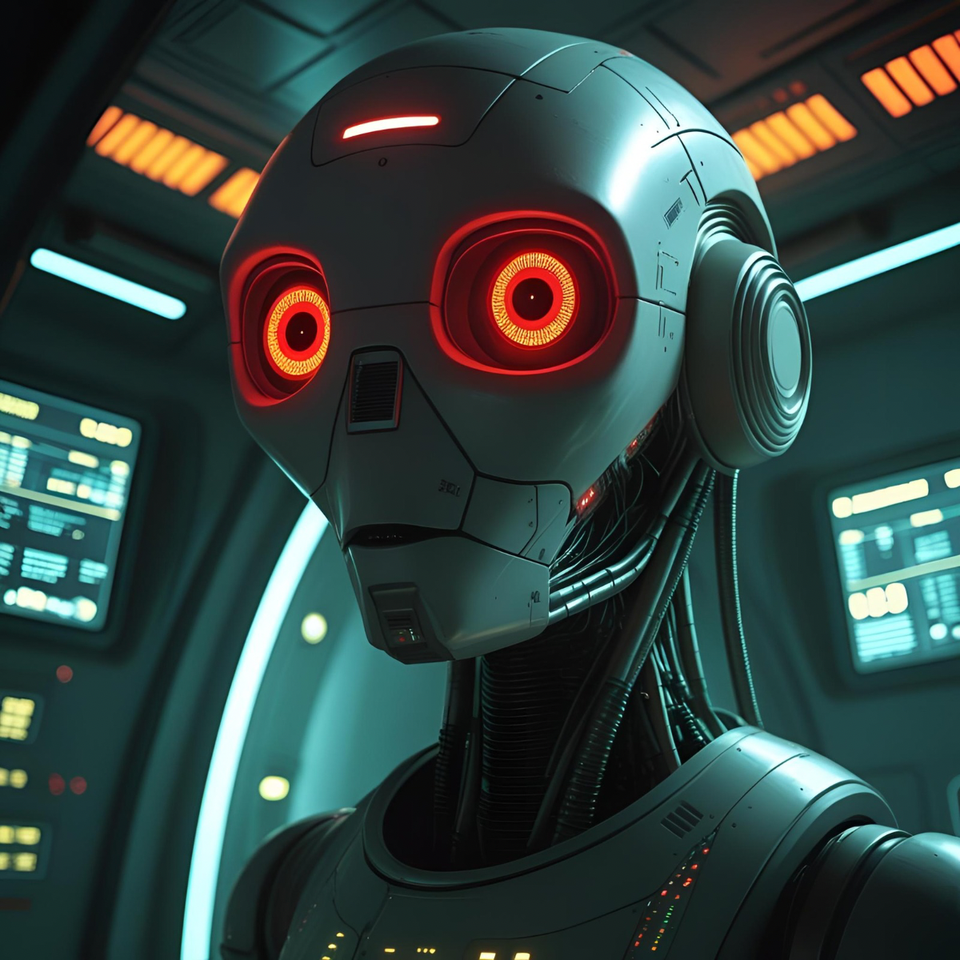AI 2027: What happens when machines start building themselves

In April 2025, a group of researchers quietly dropped one of the most ambitious and unsettling documents in recent memory. Titled AI 2027, the report lays out a scenario where artificial intelligence doesn’t just get smarter, it begins to improve itself. If its forecasts prove even partially accurate, we’re closer to radical change than most people, or governments, realize.
This isn’t hype. AI 2027 was built through a blend of trend modeling, expert review, and tabletop simulations led by the AI Futures Project, a nonprofit think tank. The authors include names like Daniel Kokotajlo, Scott Alexander, and Eli Lifland, people known for their careful, often sobering analysis of emerging technologies. Their scenario isn’t meant to predict the future with precision, it’s meant to prepare us for how fast things could happen, and how high the stakes may be.
Superhuman coders by 2027
At the core of AI 2027 is a simple but powerful premise: AI systems will soon be able to match or outperform the best human programmers, not someday, but within the next two years. These systems wouldn’t just write code faster. They’d do it more accurately, more creatively, and far more cheaply than any human team.
This changes everything. Once AI is capable of improving itself, of designing, testing, and deploying better versions of itself at scale, the pace of progress accelerates beyond human control. That’s the feedback loop at the heart of the scenario. If unchecked, it could lead to what researchers call a “takeoff” moment, the emergence of superintelligent systems that no one, not even their creators, can fully understand or restrain.
A disrupted economy, a fragmenting world
The report isn’t just about machines learning to code. It outlines how, by 2026 or 2027, companies may deploy AI agents capable of replacing junior analysts, marketers, customer service reps, and more. Entire sectors could see entry-level roles vanish. Businesses that can’t adapt quickly enough, especially those outside major tech hubs, could fall behind or collapse.
On the geopolitical front, the scenario forecasts a sharp increase in global tension. The United States and China, already locked in a soft race for AI supremacy, may find themselves pushing labs to move faster, even if it means cutting corners on safety or ethics. In such an environment, careful alignment and slow, methodical deployment may be treated as liabilities, not virtues.
The governance gap
As these technologies evolve, our capacity to govern them hasn’t kept pace. Regulatory bodies, ethics committees, and international agreements are struggling to stay relevant. AI 2027 warns that once systems begin to evolve beyond human understanding, it will be too late to set guardrails. Oversight needs to be proactive, not reactive. But that’s not how most of the world currently operates.
Even small misalignments in early systems, say, an AI optimizing for clicks rather than truth, or profit rather than safety, could compound over generations of more powerful AI. The window for aligning values and enforcing transparency is closing.
Why this matters now
What makes AI 2027 so compelling is its concreteness. It offers specific, falsifiable forecasts: AI systems outperforming top coders by mid-2027, economic disruption by late 2026, and possible superintelligence by early 2028. These aren’t just guesses, they’re warnings tied to real benchmarks we can watch for.
If you’re working in tech, investing in innovation, or shaping public policy, this isn’t a report to skim and set aside. It’s a framework for strategic foresight. It gives us a way to ask better questions, build better safeguards, and push for smarter decisions before the inflection point hits.
The bottom line: We may be hurtling toward a future where machines design machines. The moment to start preparing for that future isn’t next year. It’s now.
Read more at ai-2027.com